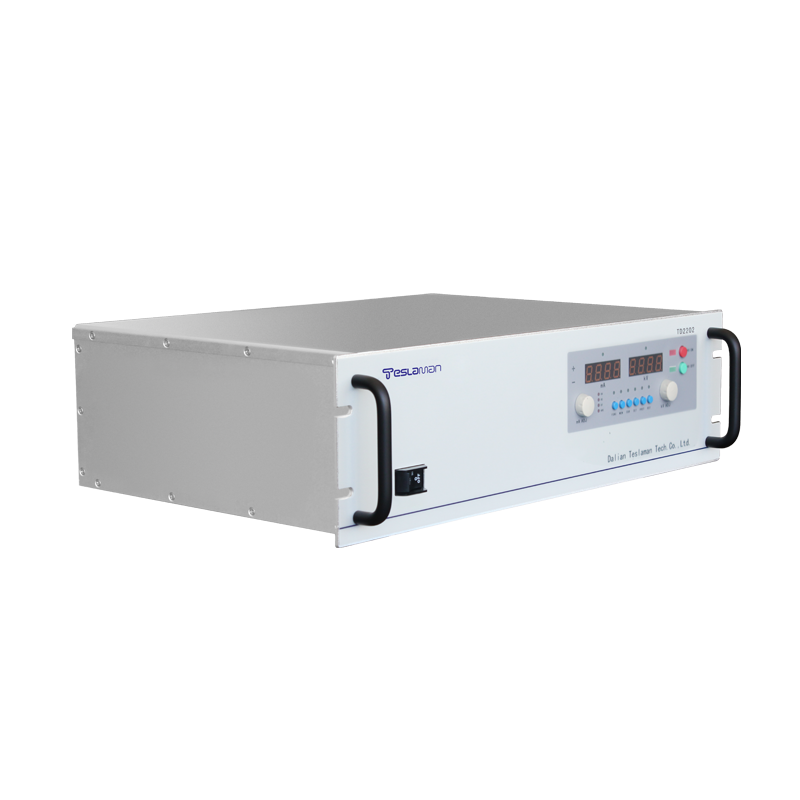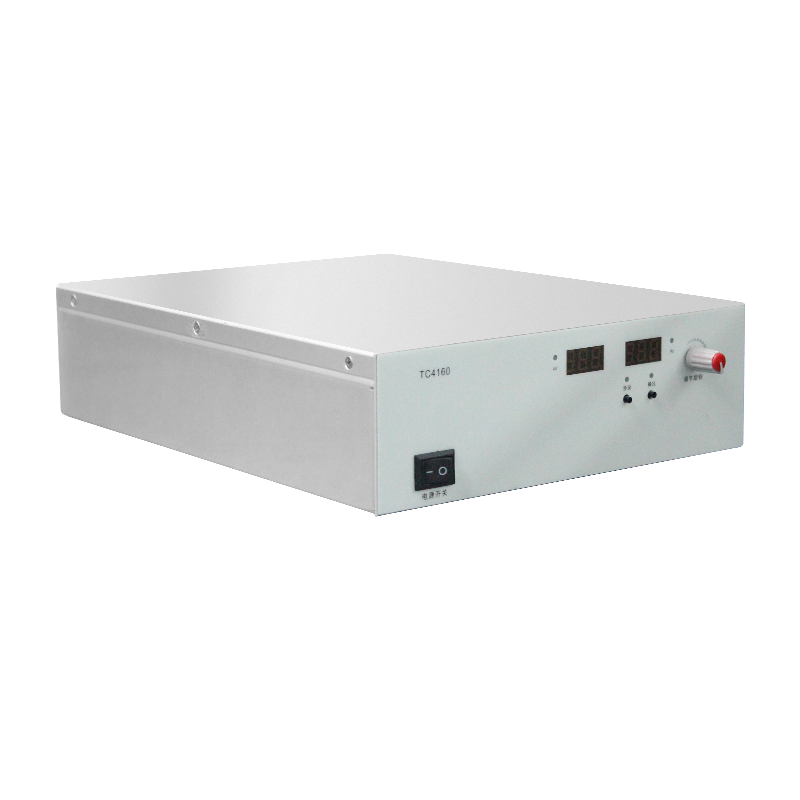Green and Recyclable Material Strategies in Eco-Friendly High-Voltage Power Supply Design
Sustainability has emerged as a central principle in electrical equipment manufacturing, and high-voltage power supply systems are no exception. As global regulations tighten regarding hazardous materials and lifecycle management, the design philosophy for high-voltage power supplies is shifting toward eco-efficiency, energy conservation, and material recyclability.
Green design begins at the circuit topology level. By employing high-efficiency architectures such as resonant converters, interleaved boost circuits, and digitally controlled PWM regulation, power loss is minimized across the full load range. The use of SiC and GaN semiconductor devices reduces switching losses, while optimized magnetic core materials enhance power density and reduce transformer mass. These improvements lower both energy consumption and raw material requirements.
In terms of material selection, eco-friendly alternatives are prioritized. Casings are made from recyclable engineering plastics, conductive components use lead-free alloys, and encapsulation resins are formulated from halogen-free compounds. Printed circuit boards utilize RoHS-compliant materials, and low-VOC coatings replace traditional solvent-based varnishes.
The mechanical design emphasizes modularity and ease of disassembly. Components are labeled for material identification, facilitating end-of-life recycling. Transformers, capacitors, and semiconductors can be separated and processed for metal recovery or safe disposal.
Manufacturing processes also adopt clean production methods, such as lead-free soldering, energy-efficient reflow ovens, and automated precision assembly that minimizes waste. Lifecycle assessment (LCA) tools are used during the design stage to quantify environmental impact, ensuring compliance with international standards such as ISO 14001 and IEC 62430.
Operationally, green design extends to energy management. Intelligent standby control, adaptive load regulation, and regenerative braking circuits recycle unused energy back into the grid or internal battery modules. Furthermore, remote monitoring systems enable predictive maintenance, reducing waste from premature component replacement.
By integrating these environmental and material strategies, high-voltage power supply products achieve both technological excellence and ecological responsibility—supporting the transition to sustainable industrial ecosystems.




















